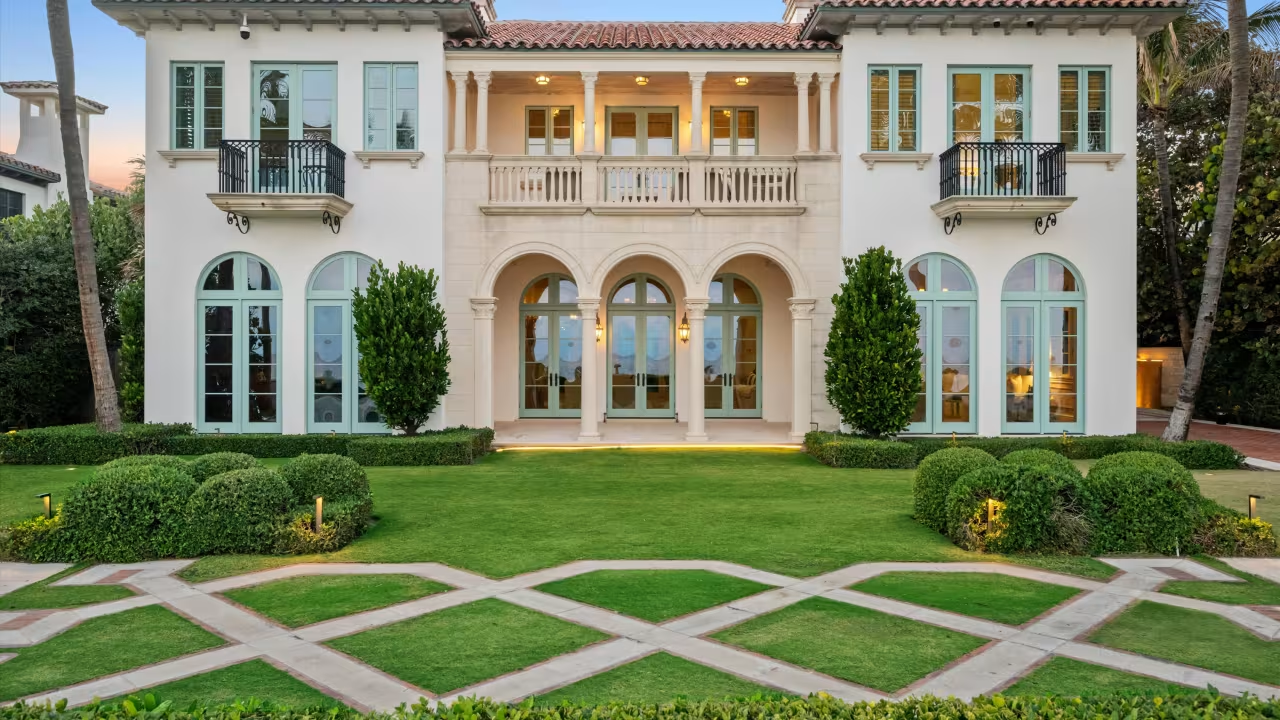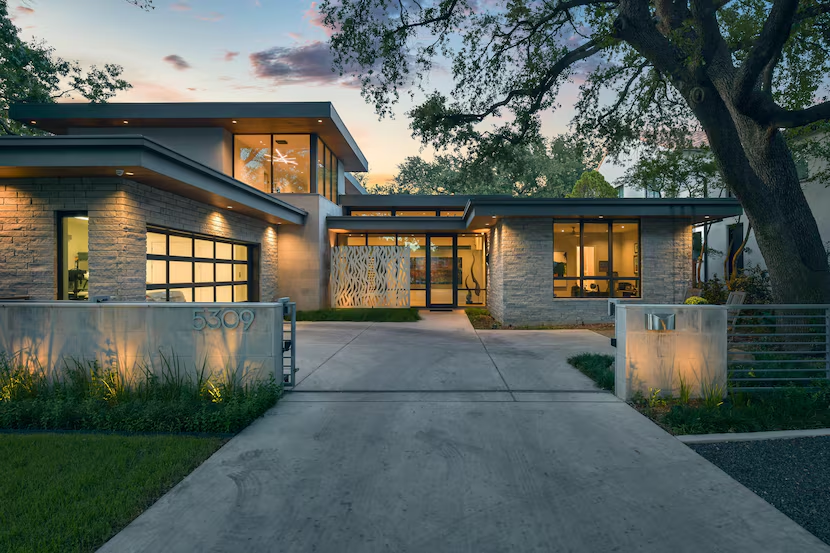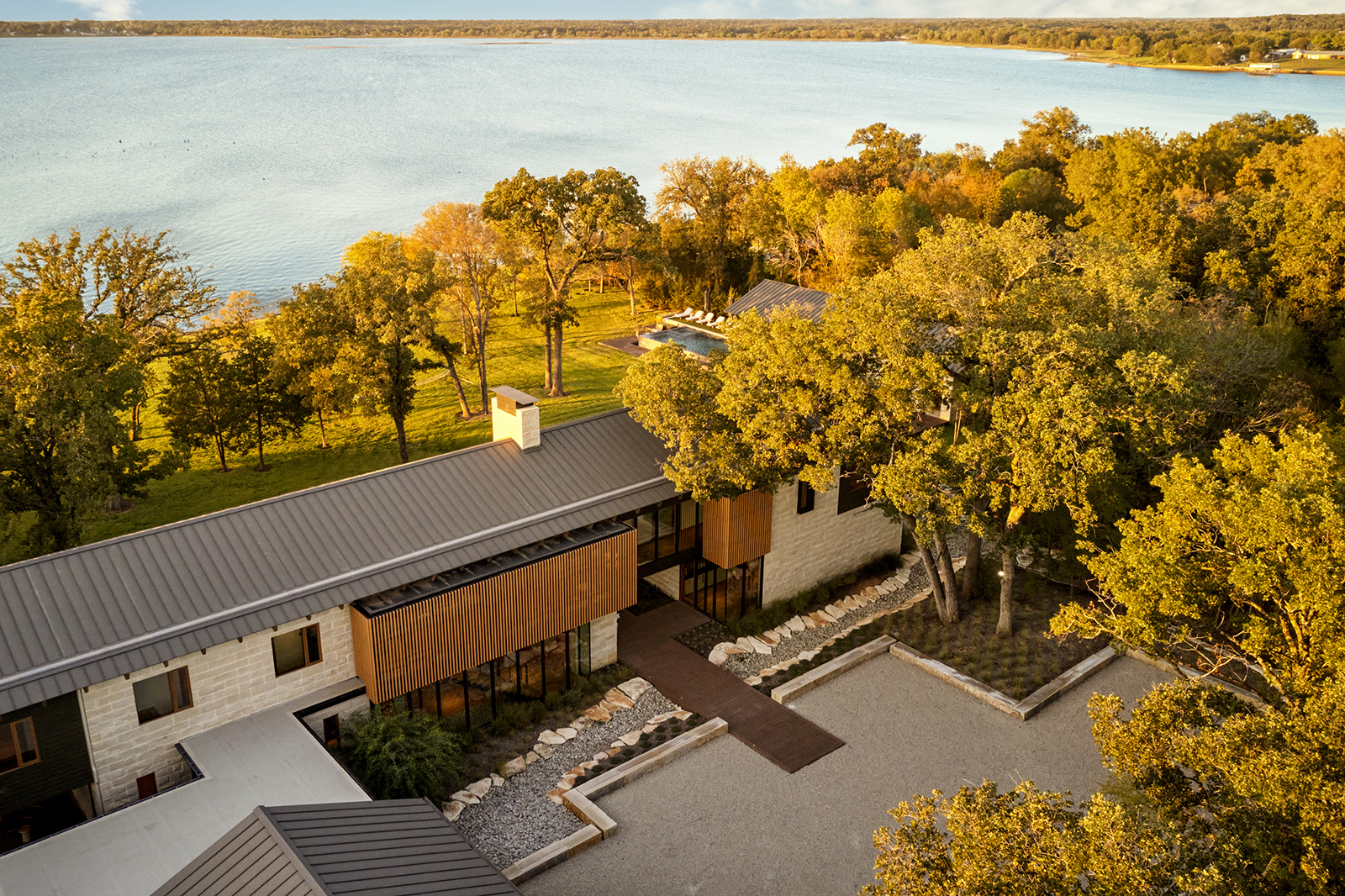
Preserving Palm Beach’s Architectural Legacy: A Journey Through Time
Palm Beach is a name that evokes a particular kind of elegance — one built not only on the allure of oceanfront living but on a storied architectural legacy. The homes that line its palm-shaded streets are more than mere residences; they are monuments to a time when design was grand, personal, and filled with character. These historic estates, many conceived in the early 20th century, have become symbols of the town’s heritage — cherished not just for their beauty, but for the visionaries who created them and the generations that have preserved them.
At the heart of Palm Beach’s architectural identity is Addison Mizner, a name that has become synonymous with the town’s most iconic homes. Arriving in the 1920s, Mizner was captivated by the romanticism of Mediterranean and Spanish styles, and he brought that sensibility to Florida’s coast with a flourish. His homes were built with a sense of grandeur and detail that was almost theatrical: arched doorways, pecky cypress ceilings, hand-painted tiles, ironwork balconies, and sun-drenched courtyards filled with climbing bougainvillea. Mizner’s designs not only defined the aesthetic of Palm Beach — they created a lifestyle, one that embraced indoor-outdoor living long before it was fashionable, and blended Old World charm with the breezy rhythm of the tropics.
Yet Mizner was not alone in shaping the town’s architectural DNA. Maurice Fatio, a Swiss-born architect who followed close behind, brought a different sensibility, one rooted in European refinement. Fatio’s homes often borrowed from French Norman or English Tudor styles, with elements like steeply pitched roofs, half-timbered façades, and intricate stonework. His designs, while distinct from Mizner’s, were no less opulent, and they offered a sophisticated counterpoint to the Mediterranean Revival trend. Fatio’s clients were among Palm Beach’s elite, and his legacy remains in some of the town’s most celebrated estates.
Other architects — Marion Sims Wyeth, John Volk, and Belford Shoumate, to name a few — also left indelible marks, each bringing their own interpretation of luxury and scale. They designed homes that were as gracious as they were grand, often situated along the oceanfront or tucked behind lush hedges, where privacy and poise went hand in hand.
Today, the original homes from this golden age are among Palm Beach’s most sought-after properties. They carry the romance of history, yet they demand a deep commitment to maintenance and, in many cases, sensitive restoration. These are not homes for the faint-hearted. Restoration is often a meticulous endeavor — reclaiming old-world materials, sourcing artisans for hand-done finishes, and carefully updating infrastructure to meet modern standards without compromising character. But for many homeowners, the opportunity to steward a piece of Palm Beach’s architectural heritage is worth every effort, and every dollar.
The market for these homes is as rarefied as the properties themselves. Depending on location, size, and the pedigree of the home and its architect, prices range from the high millions into the tens of millions. For many buyers, however, the value lies not just in the property but in the legacy — in living in a home touched by Mizner’s genius or Fatio’s artistry, in becoming part of a lineage of elegance.
There has also been a growing movement to preserve these homes, spurred by both private individuals and historical societies who understand that Palm Beach’s charm is tied to its past. Restoration projects are celebrated in architectural circles, with awards and recognition for those who respect and revive the spirit of these homes. One standout example is a 1920s Spanish Colonial estate meticulously restored by the renowned architectural firm Fairfax & Sammons and interior designer Betsy Shiverick. Their work preserved original elements like hand-painted ceilings and antique tiles while subtly introducing contemporary comforts — a balance of reverence and reinvention that defines the best restorations in Palm Beach.
This commitment to heritage is what keeps Palm Beach’s historic neighborhoods alive with character, resisting the trend of replacing the old with the new. Here, the past is not forgotten; it is lived in, celebrated, and continually renewed. Each historic home tells a story, not just of those who built it, but of those who continue to cherish it — a living testament to the enduring allure of timeless design in a town where history and luxury walk hand in hand.
Image Credit: Next Listing



